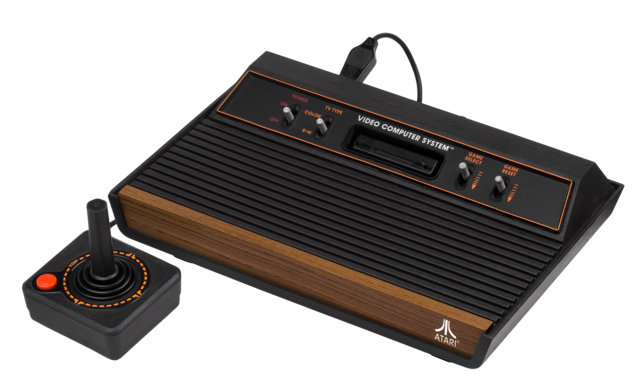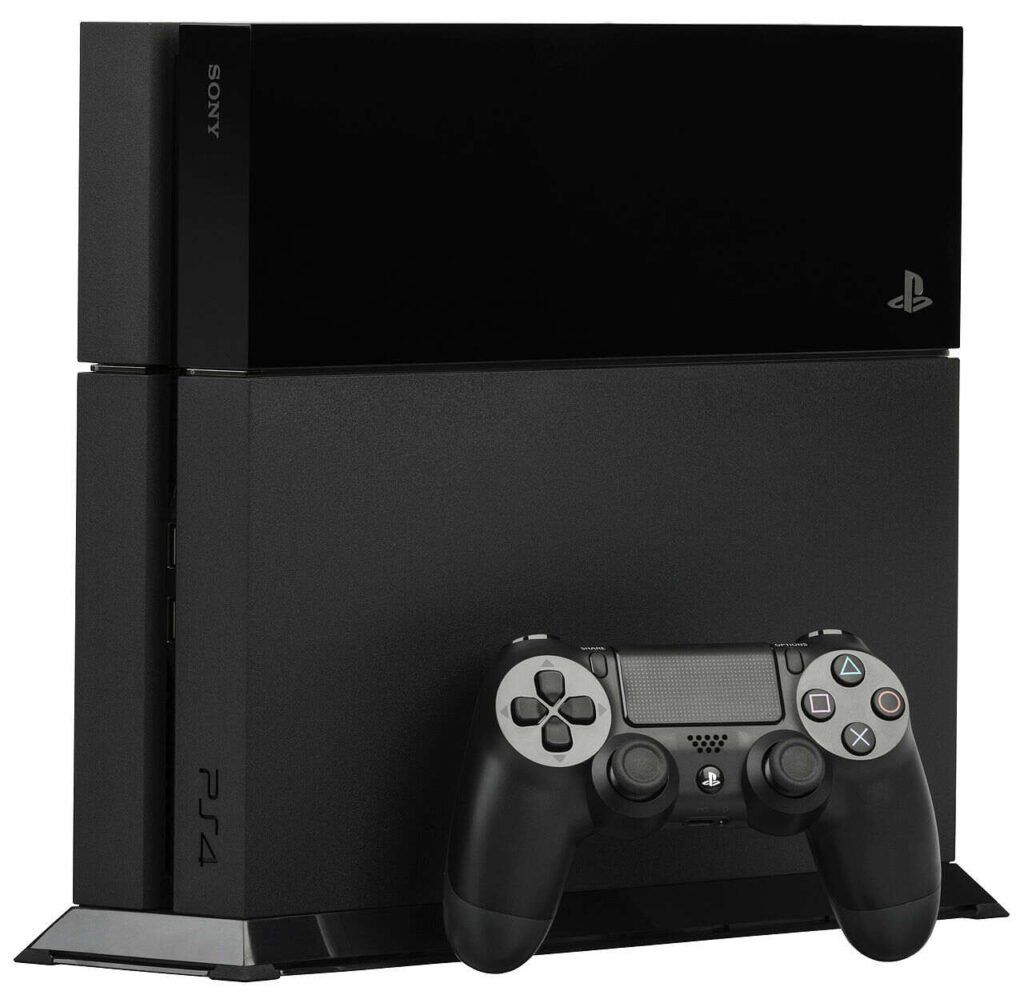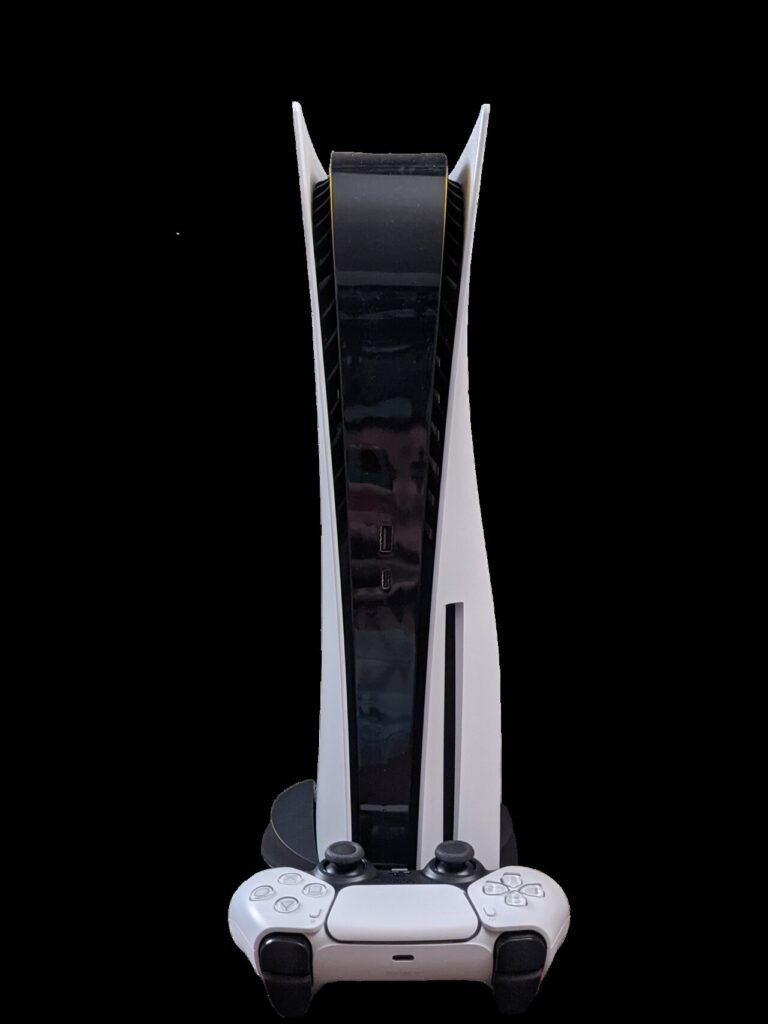Since the early 70s to date, the journey of video game console designs has been incredible. During this journey, many video game consoles have come and gone, and the motive of these consoles is to provide better performance, better graphics, and a user-friendly interface. Moreover, the gaming trend has also changed with time, and thus the designs of the consoles.
So today, in this blog post, we will discuss the evolution of video game console designs. Basically, its evolution is categorized into 9 different generations, and the ninth one is the current one. Here we will talk about all these generations in brief and also look at the most popular video game consoles of each generation.
The detailed explanation of the evolution of video game console designs
First Generation

The period from 1972-77 is termed as the first generation of video game console designs. It is the time that created the base for the future of video gaming. The Brown Box, a gaming console rolled out in 1967, was considered the first one, but the first home video game console was introduced by Magnavox in 1972.
Magnavox Odyssey and Atari Pong are the main finds of this generation. The first one had a simple and box-like design, and the latter had a table tennis-themed design. Moreover, the consoles of this era had simple aesthetics and more focus on the gaming experience.
Second Generation

The time from 1976-83 is the second generation of gaming consoles. During this period, the consoles introduced were slightly better than those of the previous ones. The world witnessed a new controller design during this duration.
Atari 2600 (VCS), along with Intellivision and Colecovision, are the popular consoles of that time. The structure of the Atari 2600 is wedge-like. Further, the consoles of this time had a wider range of games, unlike the previous ones. Also, they have better graphics and sound as compared to the prior ones.
Third Generation

The span from 1983-92 is termed the third generation of video game console designs. During this duration, several gaming companies started to flourish and entered the gaming industry. All the new companies made some important improvements in the design and features of the consoles.
Nintendo Entertainment System (NES), Atari 7800, and Sega Master System are some of the third generation’s most popular video game consoles. These consoles have standardized sound and graphics along with gamepad controller designs.
Fourth Generation

The time from 1987-96 is the fourth generation of gaming consoles. Meanwhile, the world saw the advancement of 16-bit consoles. The prime examples of such consoles are the Super Nintendo Entertainment System (SNES) and the Sega Genesis. Both consoles have superb designs as the former had a rectangular shape and round edges, and the latter had a “16-BIT” logo on the black-coloured design.
In this generation’s consoles, the world saw iconic console designs and massive advancements in controller features. Also, the introduction of handheld consoles and CD ROM technology was made in this era. Moreover, there was a huge competition for consoles between Sega and Nintendo.
Fifth Generation

The 1993-2005 term is the fifth generation of video game console designs. In this era, the gaming industry achieved a lot of success, and it was the time when the Sony PlayStation entered this industry. Sony introduced PlayStation (PSX) with a dual shock controller.
Moreover, along with PSX, Nintendo 64, and Sega Saturn are the top picks for this generation. These consoles presented sleeker designs and 3D graphics to the gaming audience. Also, the audio quality was improved, and online connectivity was also raised at this time.
Sixth Generation

The period from 1993-2013 is termed the sixth generation of console designs. Meanwhile, the world glimpsed innovative and compact console designs. As the world moved in the 20s, the gaming industry saw its first 128-bit console with VGA capabilities and online connectivity.
Some of this era’s most popular video game consoles are SEGA Dreamcast, GameCube, Sony PlayStation 2, and Xbox. The sixth generation consoles came with dual analog controllers and advancements in processors, storage, and optical discs. Also, the streamlined design of these consoles looks futuristic.
Seventh Generation

The 2005-17 duration is the seventh generation of gaming consoles. We can say that it was the time of the emergence of modern gaming. Meanwhile, the gaming audience saw HD graphics and experienced realistic visuals for the first time. Moreover, wireless controllers came into existence during these years.
The consoles that made this period great were Xbox 360, PlayStation 3, and Nintendo Wii. These consoles had smooth designs and were portable. Wi-fi connectivity facility was also given to the gaming industry. This generation introduced many features for a better future for gaming consoles.
Eighth Generation

The duration from 2012-20 is the eighth generation of video game console designs. Consoles rolled out during this tenure are more focused on advanced hardware and online connectivity. Moreover, there is mass improvement in the input devices, graphics, processor, user interface, etc.
The most well-known video game consoles from 2012-20 are Xbox One, PlayStation 4, Nintendo Wii U, and Switch. Moreover, the facility to switch between handheld and TV gaming modes was also introduced. Also, these consoles offered VR and AR gaming experiences.
Ninth Generation

The current generation is the ninth generation which started in 2020. It reflects the latest and modern technology in the gaming industry. Moreover, 4K and HDR support are introduced to enhance the gaming visuals.
PlayStation 5, Xbox Series X, and Xbox Series A are the top consoles of this current generation. These consoles use high-fidelity graphics and ray tracing to provide a user-friendly and realistic gaming experience. Also, players get a vast range of games in comparison to the prior ones.
The Last Thoughts
Over the generations, the gaming industry witnessed a lot of modifications in various aspects such as design, features, portability, graphics, user interface, etc. However, the main aim over the years is the same, which is the advancement of video game console designs and providing a better gaming experience.
Also Read: 10 Best Gaming Room Setup Ideas For You







